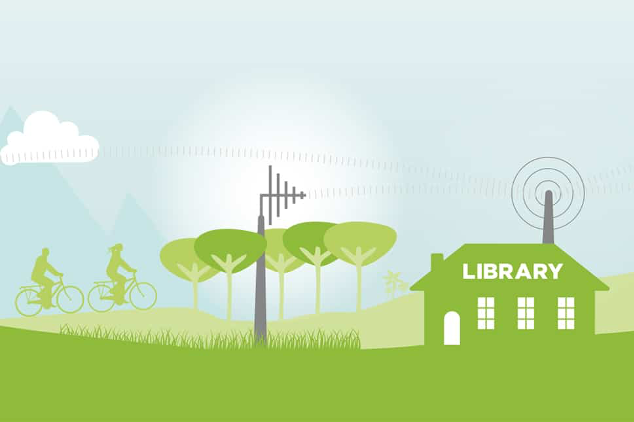TV White Space (TVWS) technology helps expand broadband access to hard-to-serve areas. Particularly in rural and Tribal areas, scarce broadband deployment and the high cost of internet access underscore the need for using TVWS to reach unserved and underserved residents. The Federal Communications Commission’s rule changes will also help support the next generation of Wi-Fi and IoT connectivity.
On May 4, 2020 Next Century Cities joined Public Interest Spectrum Coalition allies in comments drafted by the Open Technology Institute in support of proposals to expand unlicensed spectrum for public use.
Key takeaways:
- White Space Databases (WSDBs) should be permitted to operate at higher power limits with at least 6 megahertz separation from TV stations in areas of the country with lower population densities.
- The Commission should increase the maximum height above average terrain (“HAAT”) to 500 meters for fixed White Space devices (WSDs) operating with at least 6 megahertz separation from TV stations.
- Allowing or requiring WSDBs to make interference calculations using a terrain-based propagation model would focus the calculation on power, elevation, and the actual terrain in that local area rather than arbitrarily restricting the areas where higher-power WSDs can provide service.
- The Commission should authorize higher-power WSDs on moveable platforms that can operate within a geofence.
- Three megahertz of spacing between a TVWS signal and a TV broadcast channel appears sufficient to avoid harmful interference to TV viewers at power levels significantly higher than 100 milliwatts.
- White Space Databases should be able to take account of directional antenna characteristics rather than assume that all antennas are omnidirectional. Doing so is critical to enable rural broadband deployments on a point-to-multipoint basis in many areas where ISPs cannot access TVWS or TVWS that is currently vacant.
- The Commission’s proposal to create a new class of narrowband WSDB that will support the next generation of Internet of Things (IoT) and remote monitoring.
Click here to review the filing. The illustration is an Adobe Stock Photo by Auguste Lange.

